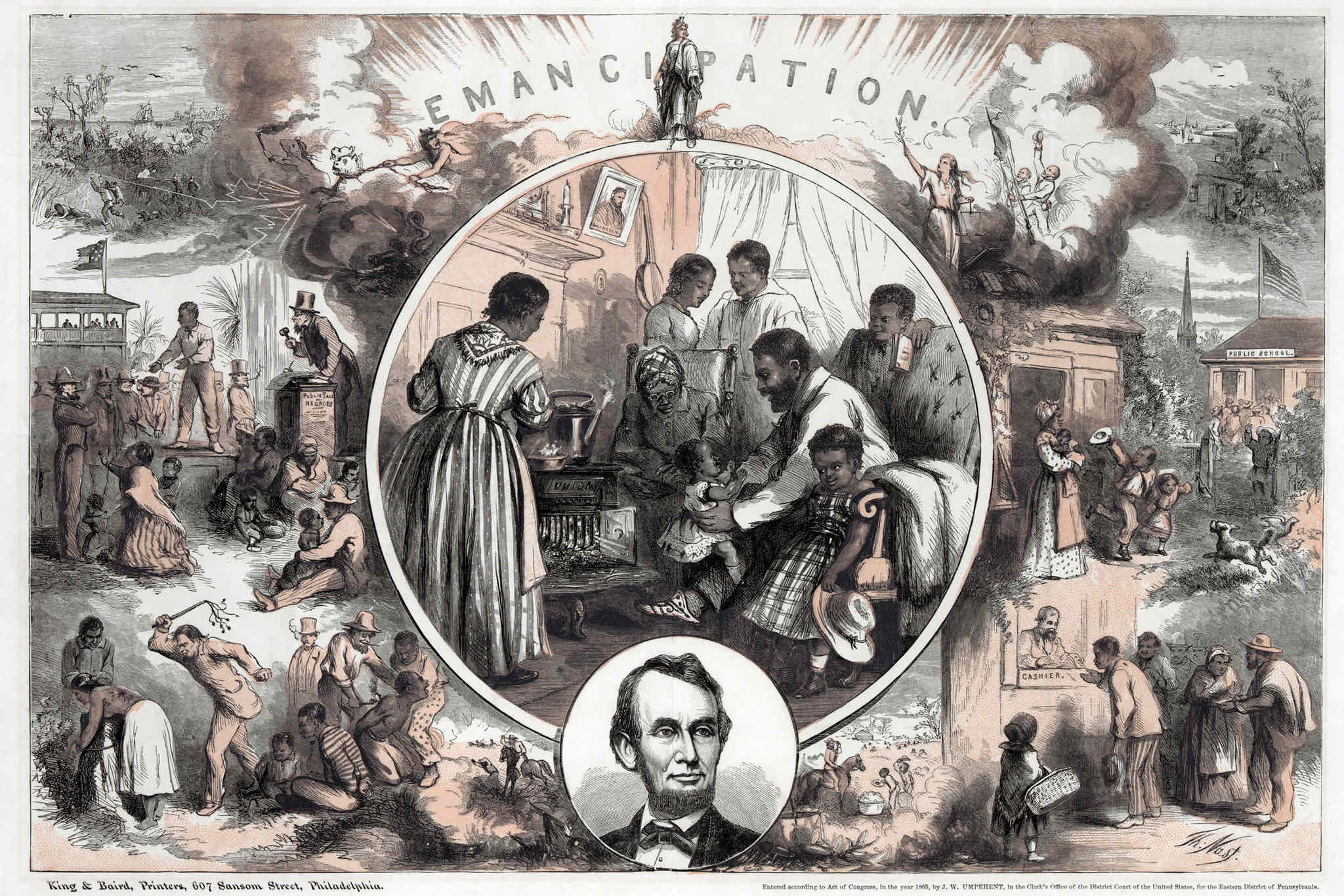The emancipation proclamation didn t free all enslaved people

The Emancipation Proclamation: Unveiling the Complexities of Freedom

It is a widely held belief that the Emancipation Proclamation, issued by President Abraham Lincoln on January 1, 1863, freed all enslaved individuals in the United States. While this historic document marked a significant turning point in the fight against slavery, the reality is far more complex. Contrary to popular belief, the Emancipation Proclamation did not instantaneously grant freedom to all those who were enslaved.
To better comprehend the intricacies of the Emancipation Proclamation and its effect on the enslaved population, it is essential to delve into the historical context of its creation. The proclamation, in its essence, was a wartime measure enacted during the American Civil War. Its primary objective was to weaken the Confederate States by addressing the issue of slavery, which was the cornerstone of the Southern economy and society at the time.
The Emancipation Proclamation declared that all enslaved individuals residing in Confederate-held territory were henceforth considered free. However, it did not apply to areas under Union control or to the four slave-holding states that remained loyal to the Union. This limited scope meant that not all enslaved people were immediately granted their freedom. It is estimated that around 20% of the total enslaved population, roughly 500,000 people, remained in bondage even after the proclamation’s issuance.

Moreover, although the proclamation carried the weight of law, its enforcement ultimately relied on the advancement of Union forces into Confederate territory. As the war progressed, Union troops gradually liberated enslaved individuals in the regions they occupied, acting as agents of change. However, the ability to enforce the Emancipation Proclamation varied based on the proximity and success of Union military operations. The proclamation’s reach extended over time, but its immediate impact was confined to areas where Union control was established.
Even after the conclusion of the Civil War in 1865 and the subsequent ratification of the Thirteenth Amendment, which formally abolished slavery throughout the United States, challenges to freedom persisted. Many formerly enslaved individuals faced hostile environments and significant barriers to exercising their newfound liberties. Reconstruction efforts were often marred by resistance, leading to the continuation of racial discrimination, segregation, and systemic oppression.
In conclusion, while the Emancipation Proclamation remains a pivotal milestone in the fight against slavery, it is crucial to acknowledge its limitations. The proclamation did not instantaneously liberate all enslaved people; rather, its influence unfolded gradually and was contingent upon Union military progress. Understanding the complexities of this historical fact allows for a more comprehensive grasp of the challenges faced by millions of individuals on the path to freedom. By shedding light on the nuances of history, we can better appreciate the resilience and determination of those who fought tirelessly for emancipation and equal rights.
Sources:
Tags
Share
Related Posts
Quick Links
Legal Stuff

